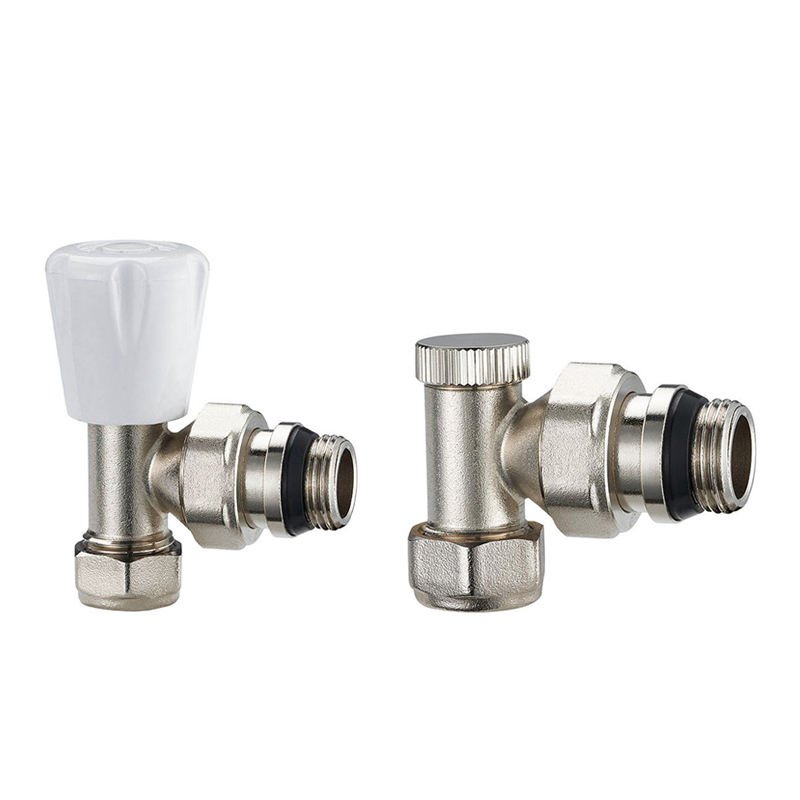Pain Point: Purchasing managers like Antonio often struggle with inconsistent heating systems—either rooms get too hot, wasting energy, or too cold, frustrating customers. Unstable valve performance and delayed shipments can lead to missed sales peaks and damaged reputations.
Agitation: Poor-quality valves result in unhappy clients, lost profits, and costly returns. Delayed deliveries during peak seasons? Even worse.
Solution: Understanding how thermostatic radiator valves (TRVs) work ensures you invest in reliable, high-performance products. Let’s break it down.
Snippet Paragraph:
A radiator thermostatic valve regulates room temperature automatically. It uses a sensor (often wax or liquid-filled) that expands or contracts with temperature changes, adjusting the valve opening to control hot water flow into the radiator. This maintains consistent comfort and energy efficiency. For example, a Honeywell-style TRV balances precision and durability, ideal for residential or commercial heating systems.
Keep reading to learn how TRVs optimize heating systems, cut energy costs, and why choosing the right supplier matters for long-term success.

How Does a Radiator Actuator Work?
A radiator actuator is the “muscle” of the thermostatic valve. It connects the thermostat (the brain) to the valve body. When the room temperature changes, the actuator’s internal sensor (like a wax element) expands or shrinks. This movement pushes or pulls a pin inside the valve, opening or closing the water flow.
For instance, if the room gets warmer, the sensor expands, closing the valve to reduce heat output. If it cools down, the sensor contracts, opening the valve to let more hot water in. This cycle ensures steady temperatures without manual adjustments.
Key Tip: Look for actuators with anti-stick designs (like IVALVECRAFT’s brass models) to avoid jamming—common in low-quality valves. Pairing a reliable actuator with a Honeywell-compatible thermostatic radiator valve ensures seamless integration into existing systems.
How to Control the Temperature of a Steam Radiator?
Steam radiators require specialized TRVs, especially in one-pipe steam systems. Unlike water-based systems, steam heats up quickly, so valves must respond fast to prevent overheating.
- Use a Steam-Specific TRV: Standard water TRVs can fail under steam’s high pressure. Opt for valves rated for steam, like IVALVECRAFT’s one-pipe steam thermostatic radiator valve, built with reinforced brass to handle 10–12 bar pressure.
- Position Matters: Install the valve horizontally on the radiator inlet. Steam rises, so vertical installation might trap air, reducing efficiency.
- Balance the System: Ensure air vents work properly. Slow steam release helps TRVs maintain stable temps.
Pro Tip: For older buildings, combining a TRV with a pressure reducing valve prevents system overload and extends hardware life.
How to Adjust a Thermostatic Radiator Valve?
Adjusting a TRV is simple—but doing it right maximizes efficiency:
- Set the Dial: Turn the numbered dial (usually 1–5 or 1–6). Higher numbers mean warmer rooms. Start at 3 (≈20°C) and tweak as needed.
- Avoid Obstructions: Keep furniture, curtains, or décor away from the valve. Blocked airflow tricks the sensor into misreading the room temp.
- Bleed Radiators First: Air pockets disrupt water flow. Bleed radiators before adjusting valves for accurate performance.
Installation Tip: Hiring a pro for thermostatic radiator valve installation costs €50–€150 per valve (depending on system complexity), but IVALVECRAFT’s pre-assembled kits simplify DIY setups.
Thermostatic Radiator Valve Installation: What You Need to Know
Proper installation ensures longevity:
- Turn Off the Heating: Drain the system to avoid leaks.
- Fit the Valve Body: Screw it onto the radiator inlet. Use thread seal tape for a tight fit.
- Attach the Thermostatic Head: Clip it onto the valve body. Ensure it’s set to “max” during installation.
- Test: Refill the system, check for leaks, and calibrate the dial.
Cost Saver: IVALVECRAFT’s valves come with pre-calibrated sensors, cutting thermostatic radiator valve installation cost by reducing labor time.
Summary: Radiator thermostatic valves automate temperature control, save energy, and prevent system strain. From actuator mechanics to steam-specific designs, choosing durable, well-engineered valves is critical.
Choose IVALVECRAFT, choose reliable partner, enjoy the high quality and best service.


